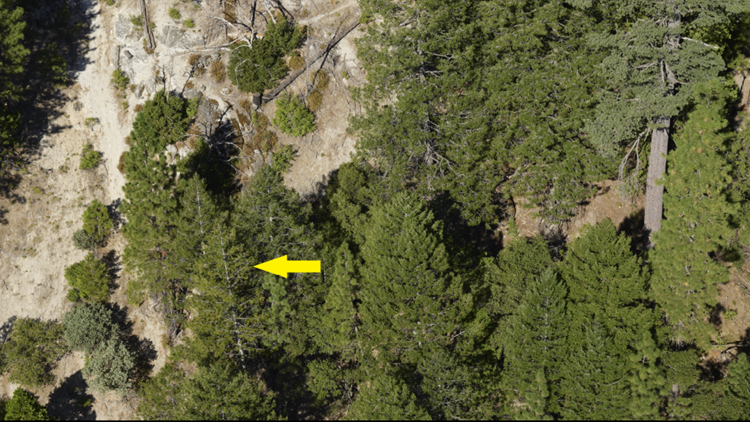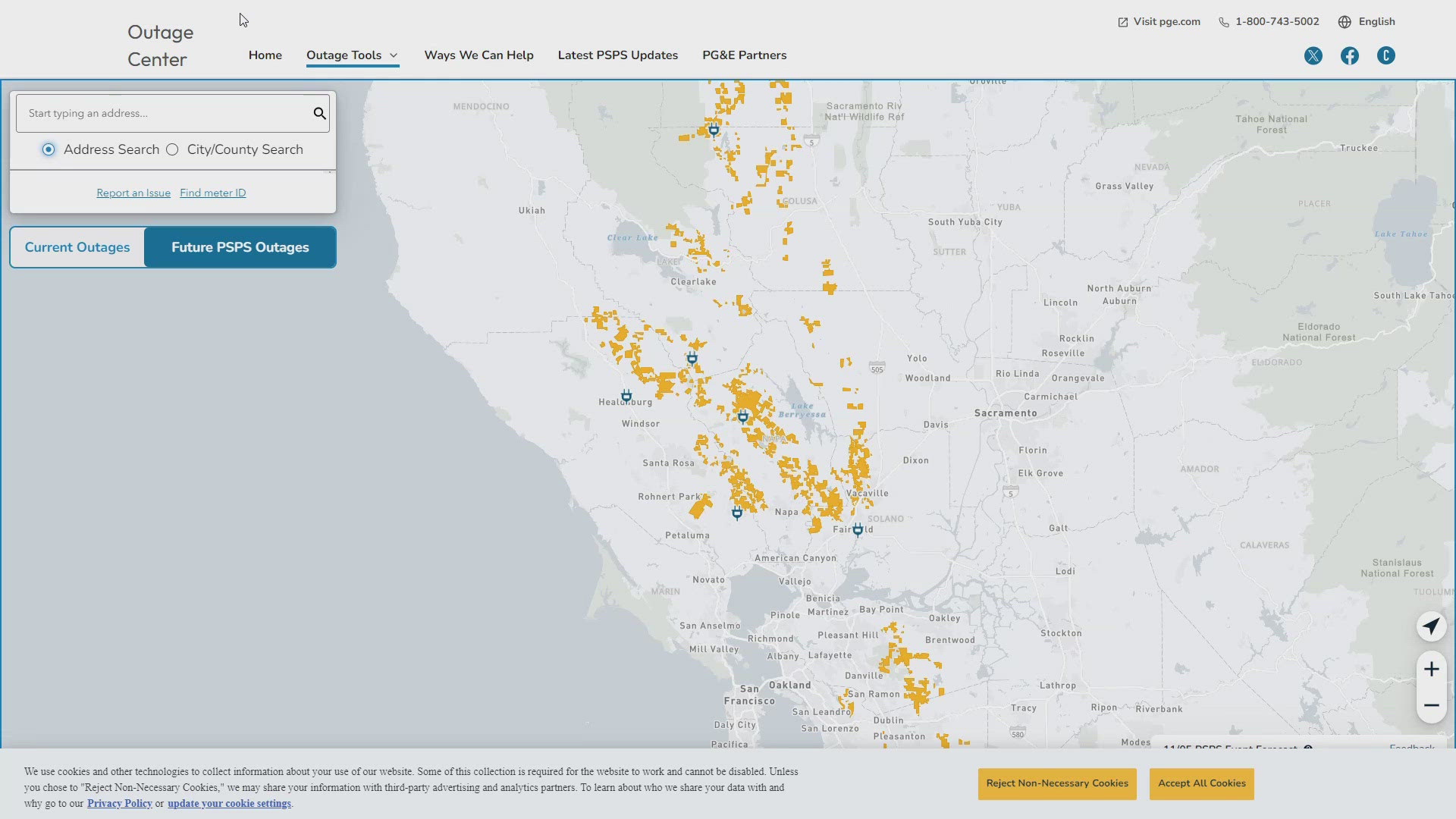SAN FRANCISCO — The Dixie Fire has burned a land mass bigger than the state of Rhode Island, but when a PG&E worker first spotted it two months ago, it was only about the size of a living room.
"There's a tree on a line that started a fire," the worker told a startled PG&E dispatcher the evening of July 13, who pressed him to be sure.
"Correct. No, that started it," the worker said. "It fell, fell into the line."
When he took questions Monday from US District Judge William Alsup in San Francisco, the worker refused to stand by this answer.
"I'm not gonna deny that's probably what I said," said the worker, who the court asked reporters not to identify by anything other than his job title: troubleman.
"I'm not a fire investigator," he said, adding that he's no longer sure what caused the fire.
To one fire survivor who drove almost three and a half hours to attend, it looked like an attempt to cover for PG&E.
"He was asked that several times and kept on not standing by it," said Suzie Bewley, whose granddaughter Feyla McLeod and daughter in-law Alaina Rowe McLeod died in last September's Zogg Fire.
That fire involved a tree, which PG&E contractors marked as a hazard in 2018, but was left standing for two more years until it fell.
Unlike that fire, Alsup said he hasn't decided yet whether PG&E should have cut down the tree suspected of falling on a PG&E power line where the Dixie Fire started.
He wants to see more findings from forensic experts about the condition of the tree.
However, the judge repeatedly expressed worry about the fact that it took PG&E nearly ten hours to shut off power to the line in question in the Dixie Fire.
"Wouldn’t it have been the prudent thing to do to turn that power off in case there was a tree on the line?" Alsup asked.
PG&E's own timeline shows that its system flagged an outage at 6:48 a.m. on the power line on July 13.
The troubleman wasn't dispatched until 10:47 a.m., nearly four hours later.
It took until 12:30 p.m. for him to arrive at Cresta Dam and see a problem with his binoculars. He chose to drive a long network of remote and rough 4X4 roads to the other side of the canyon to where the problem was, but did not switch off the power before he left.
“It’s not PG&E’s policy to de-energize customers without a cause," the troubleman said.
The judge told PG&E his theory of how the fire started: that two out of three fuses blew on the power line, but the third wire stayed on and sent electricity through the trunk of the tree all day. After zapping the tree for long enough, part of it caught fire and the troubleman arrived in time to see the fire shortly after it started.
"I mean you see the picture of this enormous tree on the line, for so many hours, it is just very difficult to come up with any other plausible explanation, especially when we see burn marks on the tree," said former CPUC commissioner Catherine Sandoval, an attorney representing PG&E customers pro bono in the probation.
PG&E has to answer to Alsup because it is on federal probation for six felonies it committed in the deadly 2010 San Bruno gas explosion.
While on probation, PG&E-linked wildfires have killed at least 133 people.
The company admitted to 84 felony counts of involuntary manslaughter last year for killing people in the 2018 Camp Fire.
PG&E promised to become safer, and it's still making those promises today.
"We remain focused on preventing major wildfires and are committed to our mission to safely deliver power to our customers and communities," said company spokesperson Ari Vanrenen.
Victims feel that things won't actually get better until there's meaningful accountability for the death and destruction PG&E causes.
"It just has to stop," Bewley said. "Families can’t keep on going through this. Communities can't keep going through it."
WATCH ALSO:



